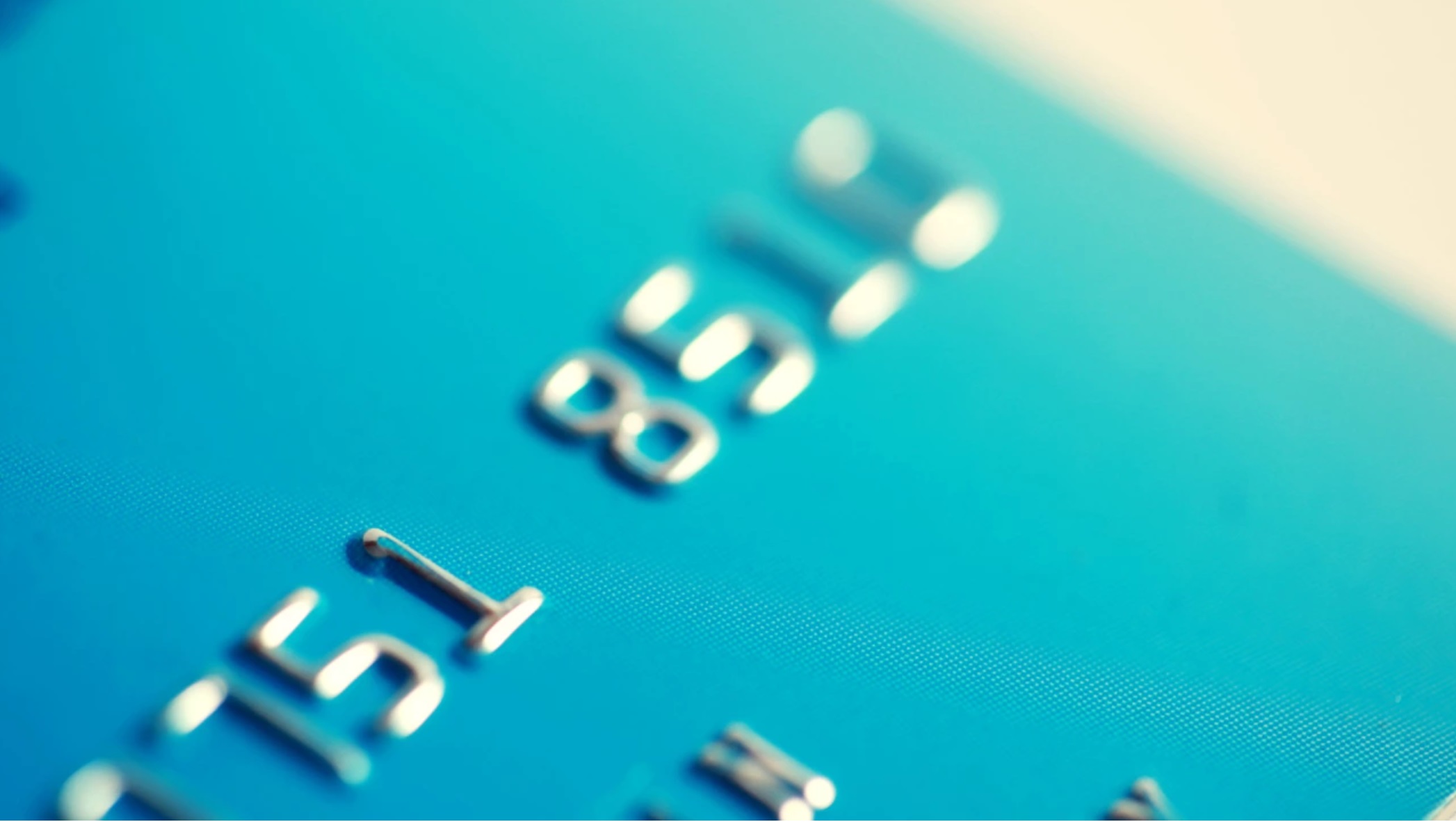It’s no secret the digital payments revolution is here – it’s just not evenly distributed yet. Consumers are reaping most of the benefits however electronic payments are far from being the norm when it comes to business-to-business transactions. But that’s changing as new technology is bringing digital payments to businesses, too.
Consumer check payments have been declining for a long time, but business-to-business payments are still predominantly made by check. For a while, B2B check payments were declining slowly but steadily. The mean percent of check payments dropped from 81 percent in 2004 to 50 percent in 2013. But we’ve been stuck there ever since. According to the CFO article, the typical US business still makes 51 percent of its vendor payments by check.
While this state of affairs might come as a surprise to non-finance people who’ve been swept up in the digital payments revolution in their personal lives, I’m sure it’s no surprise to accounting and finance professionals. The question is, why are we stuck? I think there are a few reasons.
Already doing their best
The first is that many businesses believe that they’re already doing all they can. Many may even be surprised to hear the average is as low as 51 percent check payments. That’s aspirational for a lot of companies. I’m aware of many companies, including some very large ones, who still make 75 to 80 percent of their payments by check. These are organizations that are making hundreds of thousands of check payments annually. Pause a moment to let the implications of that sink in.
One of the big reasons checks persist is supplier enablement. Bank-based electronic payment products require customers keep track of what payment type their supplier accepts, and maintain all the supplier’s information, including their bank account or routing number for ACH payments. Accounting systems aren’t built to manage that kind of data securely, so that manual work falls on accounts payable.
This is a never-ending effort. The percentage of electronic payments a company is making largely depends on how much of this work AP has been willing to take on. Most have enabled their really big vendors through their bank, and they think that’s the best they can do. They don’t believe that it’s worth the effort to try to do more. And they don’t think suppliers will take electronic payments when in reality, many suppliers have never had the option.
Two steps forward, one step back
Another barrier is that cards and ACH each requires a separate file upload. They’re not integrated with the accounting system, so the effort to prepare the files for transmission on the front end is mostly a manual effort. So is all of the reconciliation and follow up on the back end. The part where the payment goes through the bank pipe is the only electronic part.
The irony is that by adding some ACH and card payments, AP has added more manual workflow on top of the check writing workflow. That blunts some of the efficiency gains from going electronic.
Looking in the wrong place
Even though these bank products are around 30 years old and haven’t solved the problem, businesses still look to banks for help with payments because they have strong relationships with their bankers. And, up until the last seven or eight years, banks had the only electronic payments products around.
Payment automation software is a relatively new category that most finance professionals probably don’t know about. So if they’re looking at this problem, they may not even think to look at the market for other solutions.
However, there are some solutions out there. Just as with consumer payments, financial technology companies are using the cloud and APIs to do a much better job with digital payments for business. These companies exist because bank-based payment products haven’t addressed all the friction and inefficiencies in the B2B payments process.
Not even considering the process
Not only are businesses looking in the wrong place for solutions, but they might also be overlooking the payment process as an automation possibility. Accounts payable automation for the last 20 years has been focused on scanning and workflow solutions to try to digitize inbound invoices and match them up in an efficient electronic method to POs coming in. That’s the biggest pain point in AP, and a lot of companies still haven’t automated that. So, when companies think about AP automation, that’s what they think of first.
Really, they should do both, because scanning and workflow automation gets the invoice ready to pay, but then the whole process devolves into a massive paper check writing effort. People just don’t know they can take the next step and automate the payment piece too.
A better first step?
Automating payments is often a better first automation project because it involves fewer internal people and dependencies and delivers immediate ROI. Automating payments returns an average of $5 per payment—about $2.50 in cost reduction and $2.50 in card rebates that are available.
The work required is minor relative to the benefit. There’s an impression left over from big on-premise ERP implementations that any kind of process automation requires a lot of time and resources to implement and integrate. The cloud has changed all that. Automating payments takes about a month and requires a couple hours of IT time. These systems connect easily to your existing accounting system. If you’ve already got an AP scanning or workflow solution, it’s very simple to add the payment piece. This capability doesn’t exist with bank payment products or on-premise software.
Not only that, taking payments to the cloud introduces a much greater level of visibility, traceability, and control, which are all very important to the payments process. That is also not possible with bank products.
As we head into a period of economic uncertainty and finance looks for ways to rein in spending, automating payments is as close to a no-brainer as it gets. Everyone in finance is aware of the huge amount of waste involved in check writing. And they’re surely aware of the impact technology is having on consumer payments. They’re much less aware that there’s new technology available that can cut check payments to 10 to 20 percent of all payments. It’s time to revisit this area, look beyond the bank, and evaluate new solutions.




